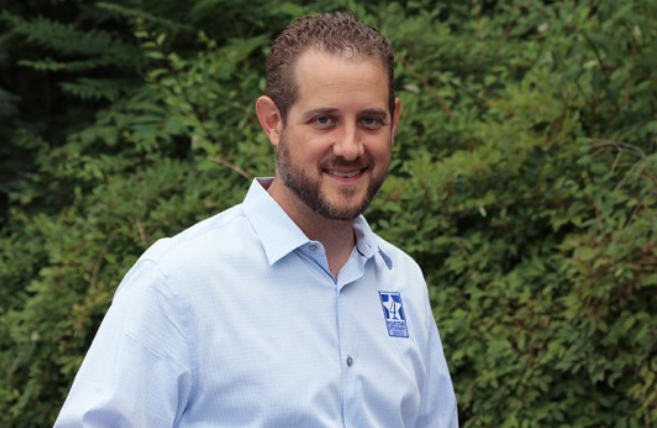



Techniques to curtail rising sow-lameness problems
Sow-lameness issues are on the rise, especially for sows in group housing, according to Michael Pierdon, VMD, Four Star Veterinary Service. Lameness is a leading reason that sows are culled early from the herd.
“Sow lameness is not a new problem, but it has come into focus as sows are moved into pen gestation,” Pierdon explained. “Structural soundness is much more important in a loose-housing environment than in a stall environment. They really need to be sound in order to survive in the herd.”
He sees other causes of sow lameness, too, including inadequate gilt nutrition, pen hazards leading to injuries and delayed identification of lameness.
Located in Elizabethtown, Pennsylvania, Pierdon works with many hog producers who house gestating sows in pens. He employs four management strategies to address sow lameness and reduce the number of involuntary removals from herds.
1. Structural soundness
Preventing lameness starts with gilt selection. “Make sure you get animals with structural soundness and integrity because poor structure will lead to lameness quickly,” he said.
Unfortunately, genetics companies have not been forced to focus on leg and foot soundness since sows moved into gestation stalls 30 years ago. Pierdon hopes that changes, and there’s a renewed focus on sows with bigger feet and bone structure to handle the rigors of pens.
“Once you establish proper structure and good gilt selection, then you must develop the gilt properly to ensure she meets her genetic potential, and that’s largely done through nutrition,” he continued. “She must have the nutritional program that supports bone and hoof health, or we predispose her to lameness issues.”
2. Reduce injuries
Injury is a leading cause of sow lameness, Pierdon said. Most of the injuries are to the foot and hoof.
“We are learning that a significant amount of lameness is due to ascending infections from damage to feet and breaks in the hoof wall that get infected,” he said. “If that infection isn’t identified early, it has the chance to spread deeper into the tissue and joints and ultimately becomes an unresolvable issue.”
Poor equipment design increases the chance of sow injury.
“Sow barns built for gestation stalls typically have a pretty wide slat gap,” Pierdon said. “But when the sows must move around on those floors when the barns convert to group housing, the gap is wide enough that a sow can get her toes stuck and damage her hoof. We need to continue to work toward smaller gaps or another type of flooring.
“We also see a lot of gating and feeders that are fastened to the floor with bolts sticking up and sharp edges all in the path of feet. Anything that can be stepped on and cause foot injuries are what we really worry about,” he added.
3. Identify lameness early
One key to reducing lameness is detecting it early before the problem progresses to the point it can’t be resolved. This can be difficult.
“Sows are tough and will hide or manage to survive with their lameness for quite some time until it becomes really severe,” Pierdon said. “If you gauge lameness by the sows not eating that day, then it is too late. By the time they can’t get to the feeder, their lameness is so advanced that the likelihood of resolving it is minimal.”
He recommends evaluating sows daily to watch their gaits and look for any sign of lameness like unsteadiness, shifting weight or gingerly tapping feet on the floor. Waiting for sows to progress to three-leg lameness is too late to identify the problem and expect recovery.
“Workers have to be very attentive to the animals,” he explained. “They have to really watch sows stand and move in order to identify lameness.”
4. Proactive treatment
“Workers also have to err of the side of aggressive treatment,” he continued. “They need to be proactive if they want a chance to resolve these issues.
“A lot of people do not realize how severe the damage is by the time they identify it and start treating these animals. Workers get frustrated because they try to treat lame animals and it doesn’t work. Sows must be identified and treated way earlier in the course of the lameness issue.”
Treatment options depend on the severity and type of lameness. Pierdon recommends working with a veterinarian to determine the best treatment protocols.
“Lowering sow lameness often has to be a multifaceted approach,” he added. “It’s a real challenging issue when sows are housed in pens.
“Success to me is keeping lameness at a manageable level and maintaining normal removal rates. It also is giving the crew wins where they feel like they have some power to influence this issue and reduce the number of animals they identify as lame.”






